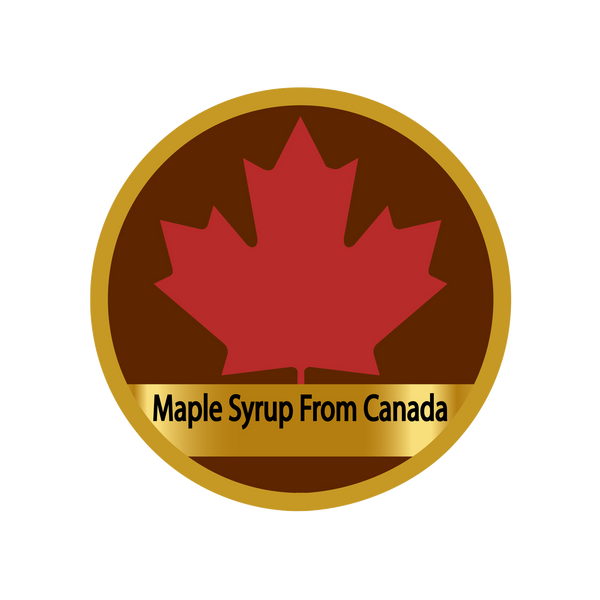Golden maple syrup represents the zenith of maple syrup grades, revered for its delicate taste and pale hue. As industry experts aim for this coveted grade, understanding the intricacies of invert sugar's role becomes paramount. While invert sugar—a byproduct of sucrose hydrolysis into glucose and fructose—is inherent in maple syrup production, its minimization is essential in crafting golden syrup. This is due to its association with darker grades and potential flavor defects, which can overshadow the nuanced flavor profile desired in golden syrup. Drawing upon insights from industry research, this article underscores strategies for optimizing invert sugar levels to produce golden maple syrup that epitomizes quality.

The Fine Line of Invert Sugar
The presence of invert sugar in maple syrup stems from natural processes, influenced by factors like acidity, enzymatic action, and the heat applied during production (Aider, Halleux, Belkacemi, & Brunet, 2007). For producers targeting the golden grade, the challenge lies in curbing the formation of invert sugar to maintain the syrup’s pristine color and subtle flavors.
Acidity and Enzymes: Mitigating Invert Sugar Formation
Acidity and enzymatic activity within maple sap catalyze the conversion of sucrose to invert sugars. However, to preserve the high quality of golden syrup, it's crucial to manage these elements effectively. Techniques such as reducing the sap's exposure to conditions that might increase acidity or enzymatic activity can be beneficial. For instance, prompt processing and optimal storage conditions can help maintain the desired sucrose levels, contributing to the syrup’s light color and delicate flavor (Aider, Halleux, Belkacemi, & Brunet, 2007).
Seasonal Temperatures and Harvest Timing
The timing of sap collection, influenced by seasonal temperatures, plays a significant role in determining the sugar composition of maple sap. Early-season harvesting, when temperatures remain cooler, tends to limit enzymatic activity, thus favoring the production of golden syrup by reducing invert sugar formation (Aider, Halleux, Belkacemi, & Brunet, 2007). This strategy requires producers to be vigilant in monitoring weather conditions to optimize harvest timing.
Precision in Processing: Controlling Heat and Time
The evaporation process, which concentrates maple sap into syrup, is a critical phase where producers can influence invert sugar content. For golden syrup, employing shorter heating times and lower temperatures can mitigate the breakdown of sucrose, thereby preserving the syrup’s sought-after characteristics. This approach necessitates meticulous control over the evaporation process to prevent the undue formation of invert sugars that could compromise the syrup’s quality (Aider, Halleux, Belkacemi, & Brunet, 2007).
A Strategic Approach for Industry Leaders
For producers dedicated to the art of making golden maple syrup, the journey involves continuous learning and adaptation. Investing in advanced production technologies and staff training can enhance process control, enabling the precise management of invert sugar levels. Furthermore, engaging in research to explore the impact of different sap varieties and innovative processing methods can offer new pathways to excellence in syrup quality.
In Conclusion
Crafting golden maple syrup that stands as a paragon of quality demands a deep understanding of the factors influencing invert sugar content. By implementing strategies to control these variables, producers can ensure their syrup meets the gold standard, satisfying the palates of discerning consumers and affirming their position as leaders in the maple syrup industry.
Reference:
Aider, M., Halleux, D., Belkacemi, K., & Brunet, S. (2007). Contribution to the improvement of maple sugar production. Journal of Food Engineering, 80(3), 798-804.

